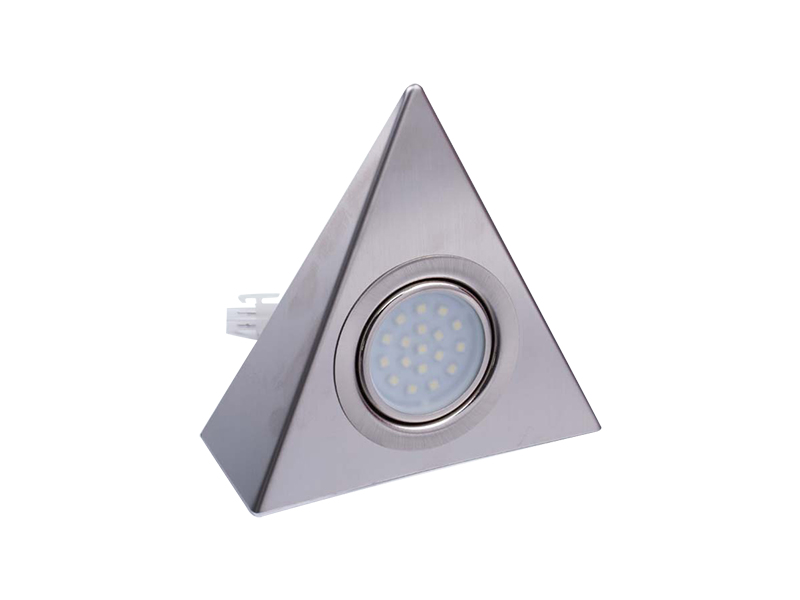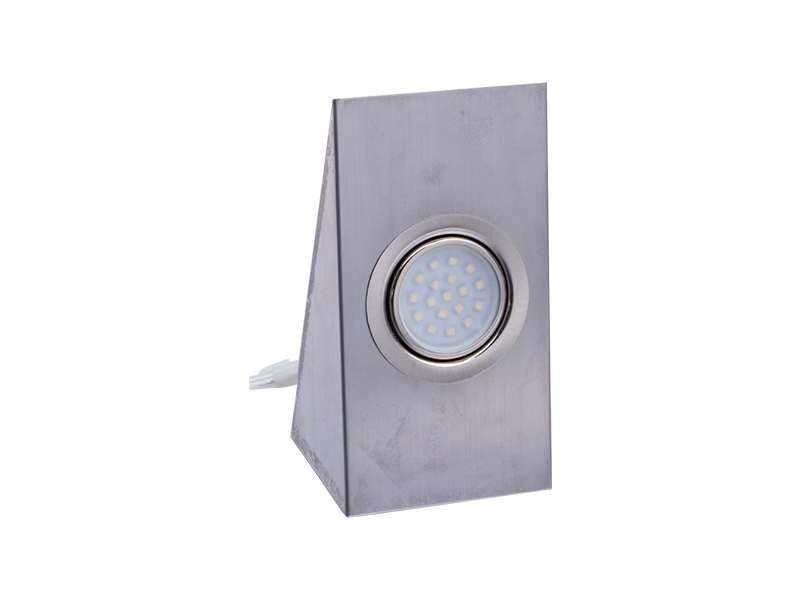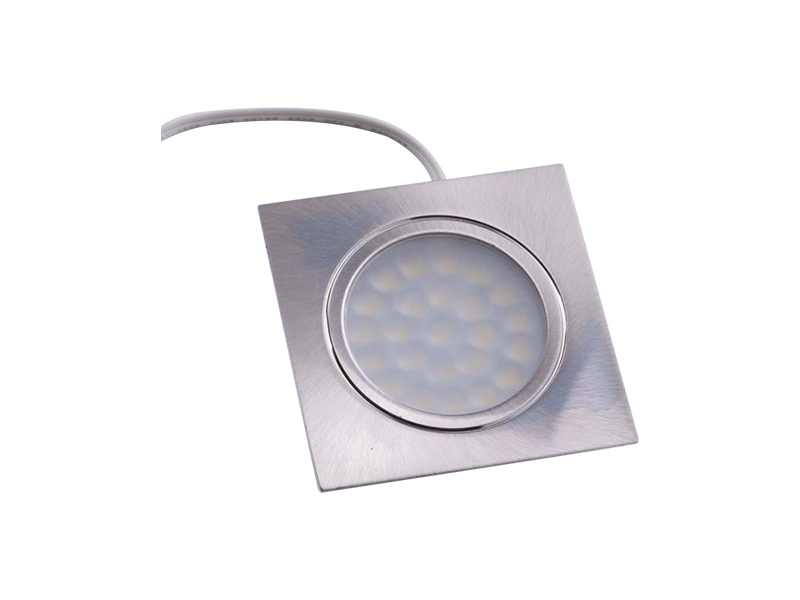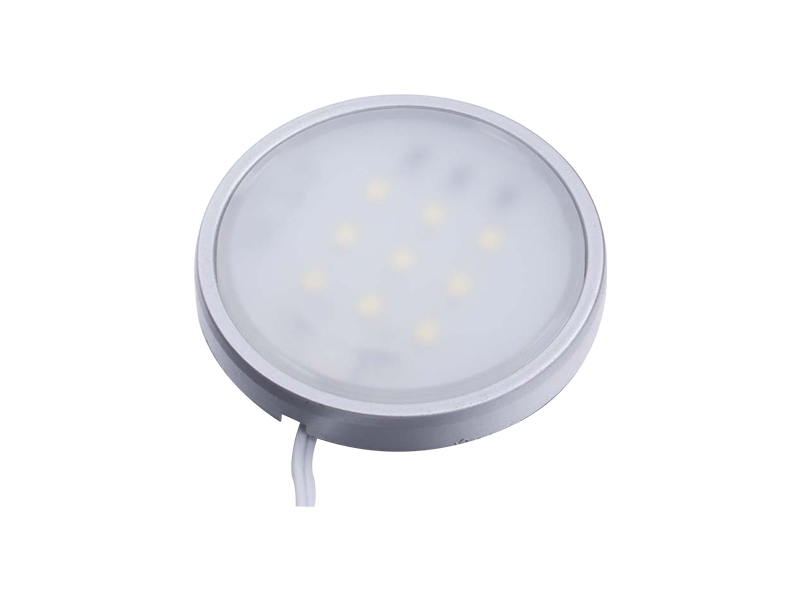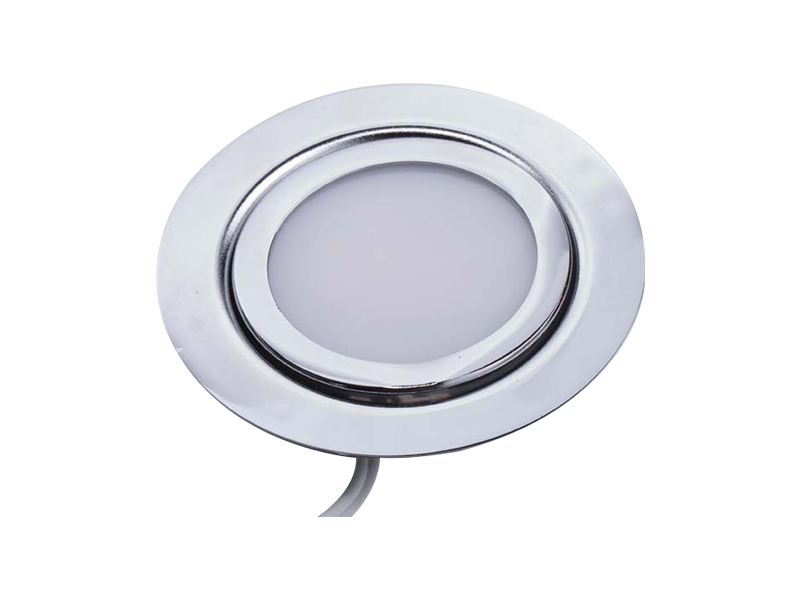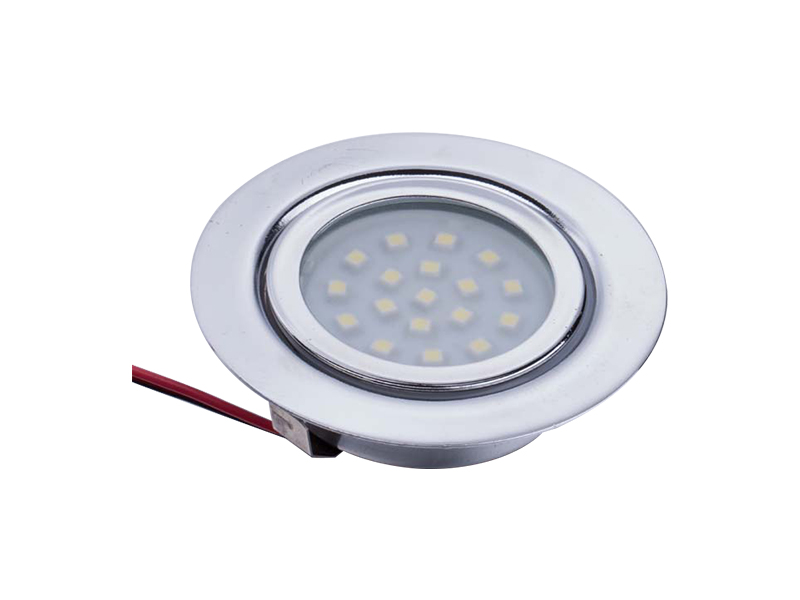-

E-mail:[email protected]
-

Telphone:+86-574-88073028
-

FAX:+86-574-88073029
QR code on
mobile phone
Welcome to Eastkey!
Welcome to Dongke!
Installing LED mirror lights on different types of mirrors or walls involves understanding the surface, mounting method, and electrical needs. LED mirror lights are widely used in bathrooms, dressing rooms, commercial interiors, and salons. They can be attached directly to frameless mirrors, mounted on framed mirrors, or installed on surrounding walls to provide consistent illumination. The installation process varies depending on the material, thickness, and mounting structure. Careful preparation ensures that LED mirror lights remain secure, function effectively, and complement the design of the space.
Different mirror structures require different mounting strategies for LED mirror lights. Frameless mirrors are often bonded directly to the wall without a frame, making adhesive-back or clip-on lighting systems suitable. For framed mirrors, the lighting may be attached to the frame using brackets, clips, or screw mounts. Some mirrors are designed with built-in channels that allow LED strips to be integrated along the edges. Identifying the mirror type in advance ensures that the correct adhesive, hardware, and power connection method are used. Choosing the right installation style prevents damage to the mirror surface and maintains a neat appearance.
Walls provide structural support for LED mirror lights, particularly when the lighting is not mounted directly on the mirror. Drywall, tile, and concrete are common materials found behind mirrors in bathrooms and dressing areas. Each material requires appropriate anchors and fastening techniques. Drywall may need toggle bolts or wall anchors to support the weight of the lighting fixture. Tile surfaces require drilling with tile-specific bits and careful pressure control. Concrete or masonry surfaces may call for expansion screws or plastic anchors. Proper preparation reduces the risk of loose fixtures and ensures the LED mirror lights remain stable.
Before attaching LED mirror lights, the mounting surface must be clean and dry. Dust, oil, or moisture can prevent adhesives and brackets from holding properly. Glass cleaner, mild detergent, or alcohol wipes are commonly used on mirrors. For painted walls or tile surfaces, a lint-free cloth and a non-abrasive cleaner can help remove residue. Once the surface is prepared, accurate marking of the light position helps ensure the LED mirror lights are installed evenly. Aligning the lights symmetrically improves the appearance and avoids shadows in everyday use.
Backlit LED mirror lights are popular for creating ambient lighting around the edges of the mirror. In many cases, the LED strip is installed on the back of the mirror using adhesive tape, retaining clips, or channel profiles. The strip is typically positioned near the perimeter to distribute light evenly. For frameless mirrors, the back surface can accommodate adhesive-backed strips as long as it is smooth and clean. The wiring is guided through a notch or channel and connected to a power source concealed behind the wall or within a cabinet. This approach offers indirect lighting that reduces glare and provides an even glow around the mirror.
Some LED mirror lights are designed to mount on the top edge, sides, or directly onto the frame. When the frame is made of wood or metal, brackets or mounting plates can be attached with screws or clips. The lighting fixture then locks into place above or alongside the mirror. This method works well for bathrooms, dressing tables, and entryway mirrors. Care is taken to avoid splitting wooden frames or scratching metal edges. When the LED structures are mounted on the frame, the wiring is often routed along the back or side of the frame to keep the installation neat and hidden.
Installing LED mirror lights on the wall instead of directly on the mirror offers flexibility and easier maintenance. Wall-mounted LED bars or sconces can be placed above or on both sides of the mirror. Height and orientation depend on the mirror size and lighting needs. Wall studs provide the most secure anchoring point. A stud finder can help identify these supports behind drywall or plaster. If studs are not in the right location, appropriate anchors can be used. Once the mounting plate is fixed, the LED mirror lights are attached and connected to the power source. This installation method ensures bright, evenly distributed lighting around the mirror.
Electrical wiring is an important aspect of installing LED mirror lights. Many fixtures require a low-voltage driver or transformer, while others connect directly to household wiring. Before connecting wires, the power supply must be turned off to avoid accidents. In-wall junction boxes can conceal wiring and protect connections. Some systems use plug-in LED strips that connect to nearby outlets, which is suitable for temporary setups. In permanent installations, wiring can be routed through conduits or behind wall panels. Professional electricians may be consulted if the wiring involves complex connections or building code compliance.
The table below outlines common installation approaches for LED mirror lights on different types of mirrors or walls:
| Installation Surface | Method | Common Tools | Power Connection |
|---|---|---|---|
| Frameless Mirror | Adhesive-backed LED strips, clips | Glass cleaner, adhesive tape, scissors | Hidden power behind mirror |
| Framed Mirror | Brackets, screws, side-mount bars | Drill, screwdriver, measuring tape | Wiring routed along frame |
| Drywall | Wall-mounted light bars | Stud finder, anchors, level | In-wall wiring or surface conduit |
| Tile Surface | Drill-mounted brackets | Tile drill bit, anchors, template | Concealed box in wall |
| Concrete Wall | Expansion anchors and screws | Hammer drill, masonry bit | Junction box or external cable channel |
Adhesive-backed LED mirror lights are frequently used when drilling is not preferred or when installing on a smooth glass surface. High-quality adhesive strips must support the weight and heat output of the lighting. Mechanical fastenings such as screws, clips, or brackets provide more secure mounting, especially on walls or frames. Combinations of adhesive and brackets are sometimes used for extra support. Choosing the right fastening method depends on the mirror’s thickness, surface finish, and installation environment. Both options can be effective if applied correctly with proper weight and height calculation.
Wiring for LED mirror lights must be organized and secured. Concealed channels behind the mirror or along the wall hide cables and maintain a clean look. In some cases, conduits or cable covers are used to protect the wiring from moisture, dust, or accidental impact. Power supplies, such as drivers or transformers, may be mounted behind the mirror, under the sink, or inside a cabinet. Connecting wires with secure terminals and checking voltage compatibility helps reduce malfunctions. Proper wire management also improves maintenance access when replacements or adjustments are required.
Bathrooms expose LED mirror lights to moisture, humidity, and changing temperatures. Fixtures and wiring must comply with safety ratings suitable for damp or wet environments. Waterproof LED strips, sealed connectors, and corrosion-resistant brackets are recommended. Mirror defogging features, when present, must be integrated with the lighting system’s wiring. Local building codes or regulations may specify requirements for ground fault protection, especially near sinks and showers. Proper sealing around openings prevents moisture entry and enhances long-term performance.
Correct positioning influences both functional and visual benefits of LED mirror lights. When mounted above the mirror, lights are typically placed at eye level or slightly above to reduce shadows. Side-mounted lights can help distribute illumination evenly across the face. Measuring the distance between fixtures and ensuring symmetry improves the final appearance. The depth of the light fixture should not interfere with mirror usage or wall cabinets. These considerations support comfortable grooming, makeup application, and daily routines in residential and commercial environments.
Older mirrors can be updated with LED mirror lights without replacing the entire structure. Retrofit kits may include adhesive strips, brackets, or clips suitable for a variety of mirror types. Wiring can be added through existing conduits or routed along surface-mounted channels. Removing old fixtures or halogen bulbs and replacing them with LED bars or strips can improve energy efficiency and lighting quality. Careful measurement and alignment ensure that the new lighting complements the existing mirror and room layout. Retrofitting also allows minimal wall alteration and preserves the original mirror installation.
Once LED mirror lights are installed, routine maintenance helps sustain their performance. Dust and residue can accumulate on light covers or strips, reducing brightness. Cleaning with soft cloths and non-abrasive cleaners prevents scratching. Electrical connections should be inspected occasionally for loose wires or signs of wear. If adhesive begins to weaken, reinforcements can be added with brackets or fresh adhesive strips. Regular checks ensure that the installation remains secure and safe to operate in daily settings. Keeping the lights clean and functional extends their service life and ensures consistent illumination.
Some LED mirror lights can integrate with smart home systems through remote controls, touch sensors, or voice assistants. When installing such systems, the location of control modules and power sources must be considered. Wiring may include additional connectors or adapters that match the smart device requirements. Dimmer functions, color temperature changes, and timers need space for drivers or controllers behind the mirror or in adjacent wall cavities. Planning these integration points before installation avoids rework and accommodates future upgrades.
LED mirror lights may be built directly into the mirror or installed as separate fixtures. Built-in lights are often integrated during manufacturing and require precise wall mounting to conceal wiring. Separate fixtures can be added after the mirror is mounted and offer flexibility for repositioning or upgrades. Both options support a range of configurations based on aesthetic and practical needs. The choice depends on whether design uniformity or adaptability is a higher priority for the space. Installation techniques may vary slightly, but both approaches can deliver consistent lighting coverage.
Considering future modifications during the initial installation can simplify upgrades or repairs. Removable covers, accessible wiring routes, and modular lighting segments make it easier to replace components. Selecting LED mirror lights with standardized connectors reduces compatibility issues. Planning spare capacity in power supplies allows for minor additions without major rewiring. This forward-looking approach is beneficial in commercial spaces, where lighting requirements may evolve, and in homes, where renovations are common. The ability to modify installations without damaging walls or mirrors ensures flexibility over the lifespan of the lighting system.
top
E-mail:[email protected]
Telphone:+86-574-88073028
FAX:+86-574-88073029
